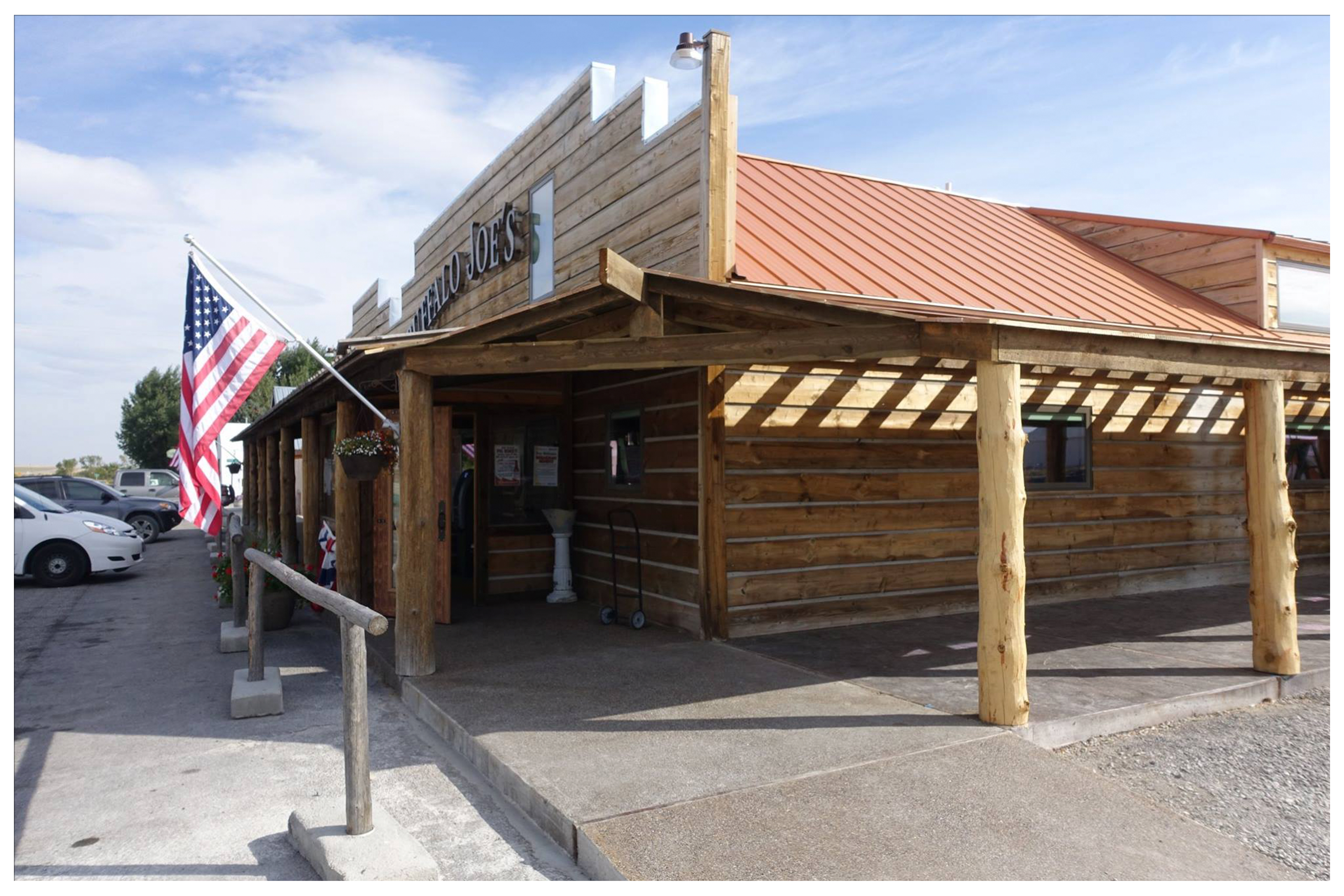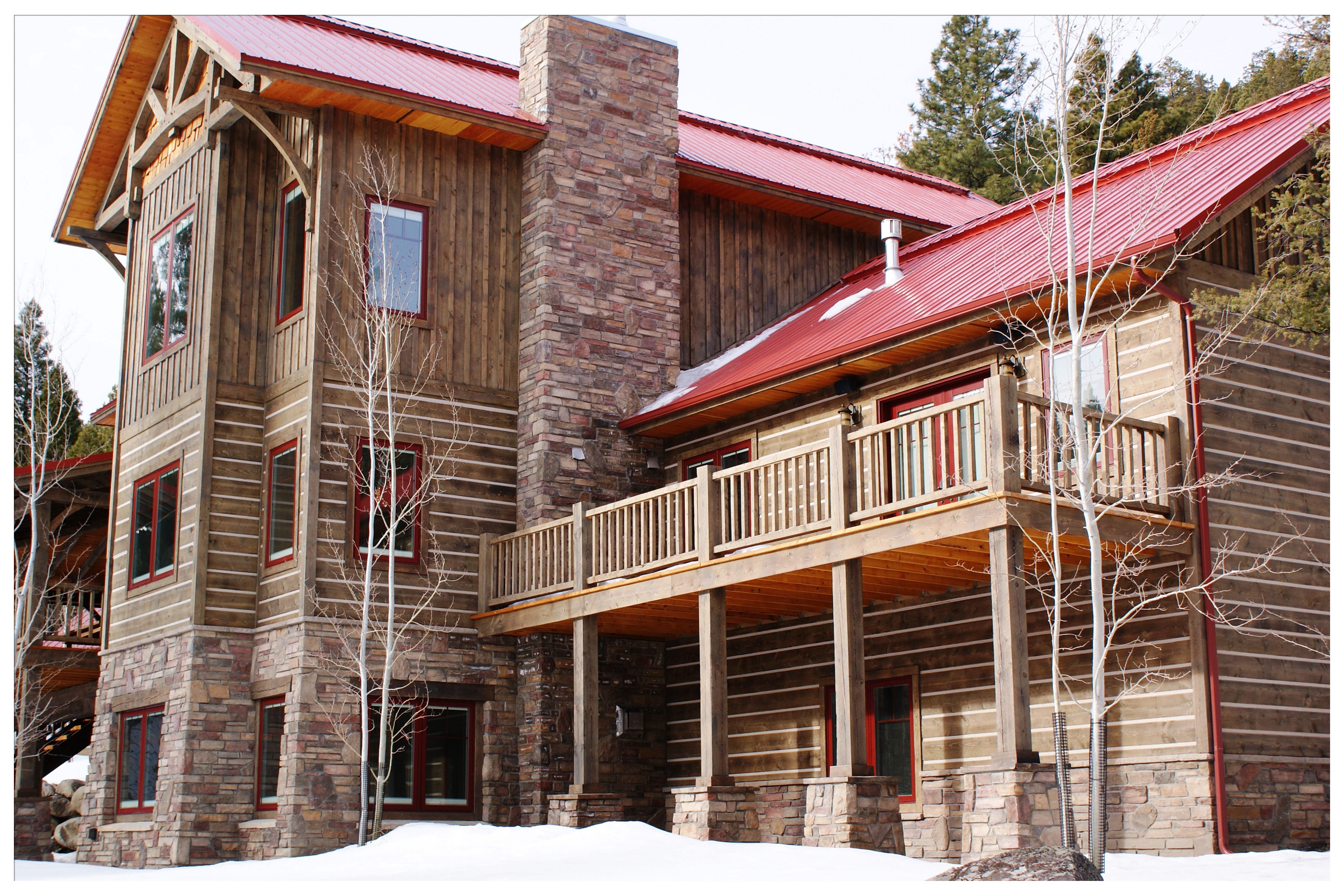Wood is perhaps the longest used building material in human history, with the first timber dwelling built more than 10,000 years ago. Timber has stood the test of time and is still considered one of the best options for building materials when it comes to both the structure, interior, and exterior. Today, many developers are opting for wood in projects large and small for a variety of reasons. Check them out below.

Sustainability
Sustainability probably wasn’t what Neolithic builders had in mind several thousand years ago, but it’s certainly a significant consideration in any building today. As climate change looms and carbon emissions become a more imminent concern, timber is becoming a prominent front runner in the push to find the most sustainable building materials. This is mainly because of wood’s ability to sequester carbon. In addition, the manufacturing of timber products produces fewer greenhouse gases than alternative materials like cement and steel.
So, wood is a more sustainable choice when it comes to larger developments, with the added perk of improving public support of a project. In addition, using timber allows buildings to achieve environmental certifications such as LEED more easily.

Natural Aesthetic
Put plain, and simply, wood is attractive. And that’s been the general sentiment for thousands of years. It’s hard to go wrong with wood in a building because real wood always brings the look of quality. People are drawn to natural elements that remind them of the outdoors, such as wood and stone. Not to mention it compliments a variety of surrounding environments. Wood is a great choice when you want your building to seamlessly coexist with a natural area or also in areas where more natural elements are needed.
Studies have even shown that humans have a physiological reaction to viewing natural materials, including wood. In addition to improving indoor air quality and humidity levels, studies have shown that “wood, where the grain is visible, relaxes the autonomic nervous system, resulting in lowered stress response.” If a home or commercial building makes you feel more relaxed, you’d have to imagine that it inherently creates a more comforting and inviting space for your clients.

Economical
While the costs associated with timber construction are relatively similar to that of steel and concrete, it’s the time spent building that makes wood a more economical choice for builders.
Some firms have reported that mass timber construction is approximately 25 percent faster than concrete and requires 75 percent fewer workers onsite. This means lower labor and scheduling costs for the builder and project team.
Building with wood can also be done year-round in almost any climate. Plus, it grows throughout North America and can be locally sourced. All of these elements provide cost benefits when it comes to your schedule, hired labor, and material transportation.

Durable
Buildings constructed with wood can last for many years and, when planned and maintained thoughtfully, stand up to any other building materials. In fact, the oldest wood building dates back to the 8th century in Japan. But there are several things you need to do correctly when planning, building, and maintaining to make sure it holds its life. Moisture control and insect control are the big ones, so seasoning and treating wood to remove moisture and protect it are critical early steps. So long as you’re mindful of mitigating any potential problems, building with wood is a very durable choice.
At Marks Lumber, we’re experienced in working with developers and builders to make their projects come to life. If you’re considering wood as part of your project, contact us today to learn more about how we can help with our Montana-grown, Montana-made Douglas fir timber and wood products.
